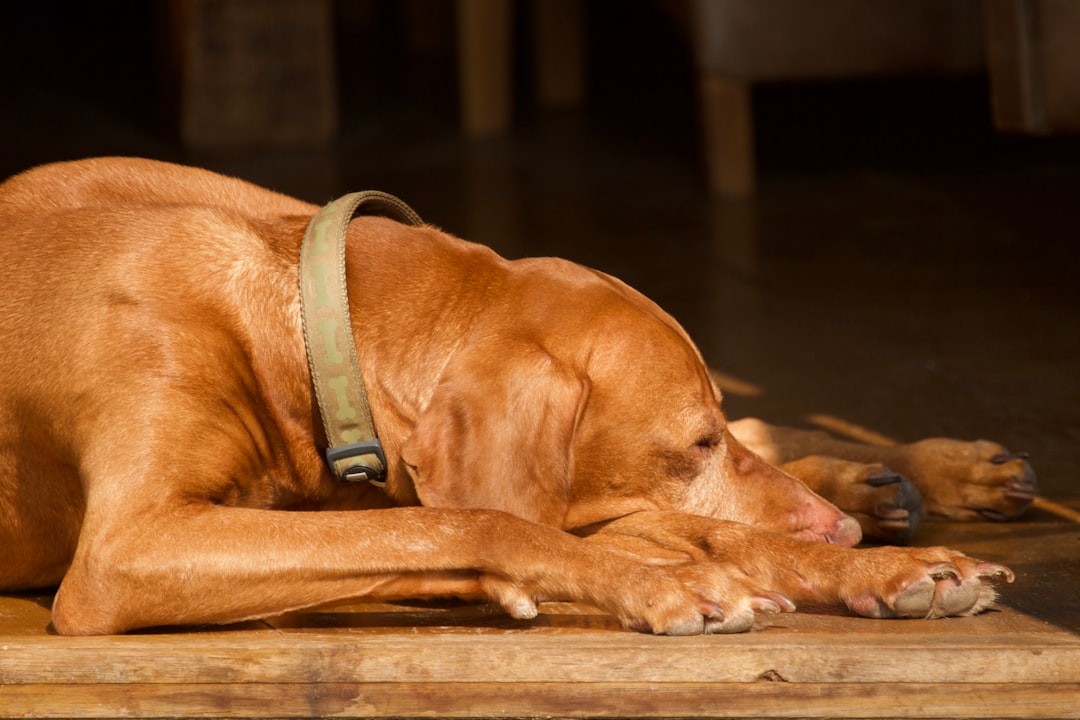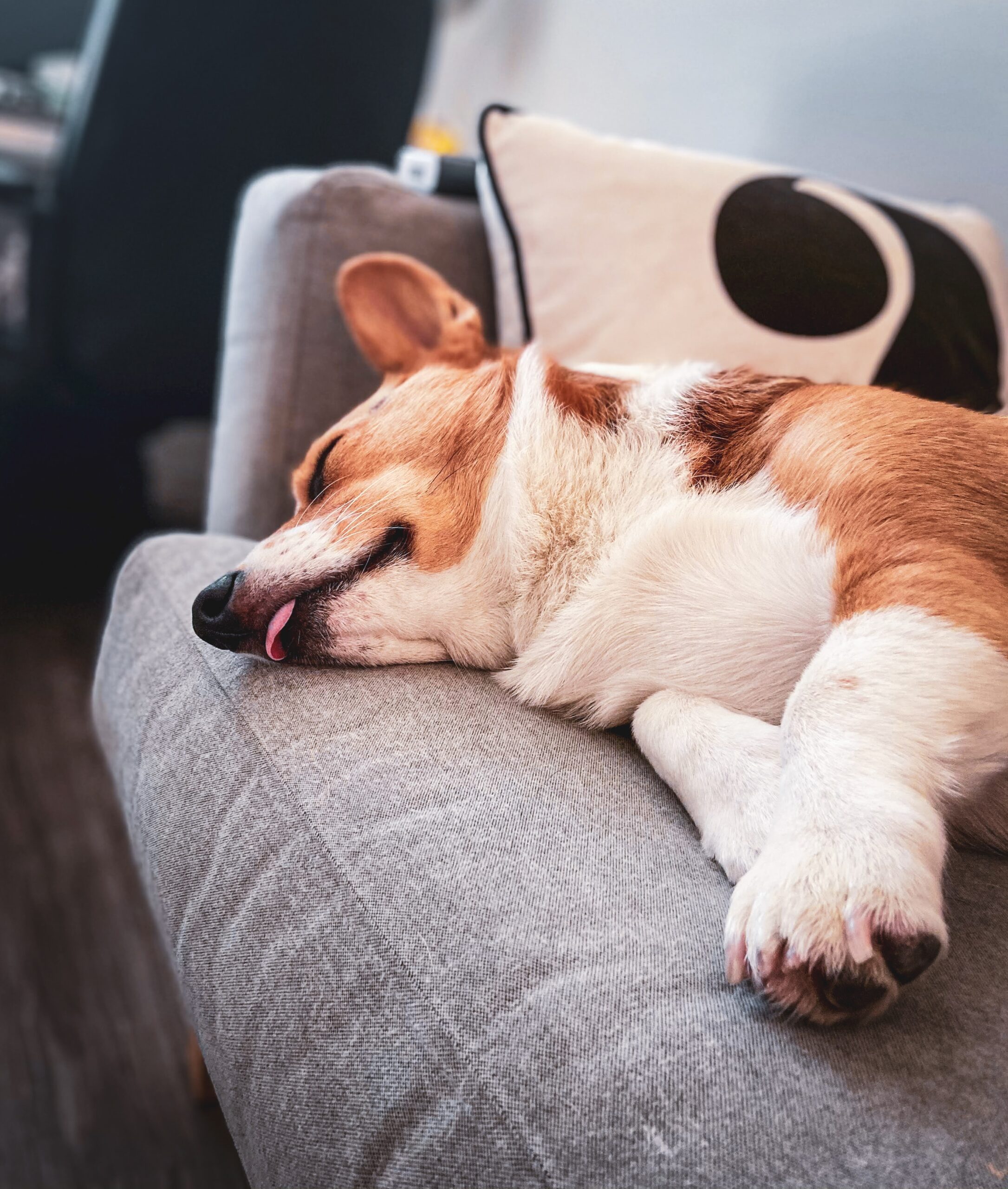Dog Dogs Dream? The Science Behind Dog Dreams
Discover the science behind dog dreams, including their similarities to human dreams, the activities dogs likely dream about, and how to support their dreaming experience by keeping them happy and providing mental stimulation.
Understanding Dog Dreams
Dogs’ ability to dream during REM sleep is a fascinating aspect of their cognitive function. Much like humans, dogs go through sleep cycles, including rapid eye movement (REM) sleep, during which the most memorable and vivid dreams occur. This suggests that dogs do actually dream like humans do during REM sleep. This is a significant finding as it provides insight into the complexity of canine mental processes and behavior.
An interesting aspect of dog dreams is their likely connection to the activities they engage in during their waking hours. For example, a dog that spends its day chasing squirrels , playing fetch, or interacting with other dogs is likely to dream about these activities during their sleep. This aligns with the understanding that dogs process events from their day’s activities in their dreams, similar to how humans’ dreams are influenced by their daily experiences. Understanding this connection between daily activities and dreams provides valuable insight into the inner world of dogs and how their minds process their surroundings.
The Science of Canine Sleep Patterns
Understanding the sleep patterns of dogs is crucial in unraveling the mysteries behind their dreams. Dogs, like humans, undergo sleep cycles that include both REM and non-REM sleep stages. During these cycles, the pons, a part of the brain stem, regulates the sleep pattern and prevents large muscle movements, ensuring that the dreams are experienced mentally rather than physically. This mechanism allows dogs to process their daily experiences and activities in the realm of their dreams, much like humans.
Moreover, the size of a dog plays a role in their dreaming patterns. Small dogs have more frequent, shorter dreams, while larger dogs have fewer but longer dreams, reflecting the variations in their sleep cycles. These intriguing differences in dreaming frequencies shed light on the individualized aspects of a dog’s mental processing during sleep. Additionally, dogs spend about half of their day sleeping, with variations in sleeping habits based on factors such as age and breed. For instance, larger dogs have longer sleep cycles, experiencing a new dream approximately every 90 minutes, while smaller dogs tend to have more frequent dreams, providing insights into the diverse dreaming patterns across different canine companions, [3].
Understanding the intricacies of canine sleep patterns not only deepens our comprehension of their dream experiences but also enhances our appreciation of the multifaceted nature of dogs’ mental and emotional lives.
What Do Dogs Dream About?
Research indicates that dogs dream much like humans, including elements of real life and daily activities. For example, if a dog spends the day at the park playing fetch and interacting with other dogs, they are likely to dream about these activities during their REM sleep. This insight into a dog’s dream patterns emphasizes the significance of their daily experiences in shaping their dream content.
Moreover, the concept of dogs having dreams and fears that mirror human experiences sheds light on the emotional and cognitive complexity of canines. Just as humans can have dreams influenced by their emotions and daily life events, dogs may also process their anxieties or joyful moments through their dreams. This similarity further strengthens the connection between human and canine experiences, highlighting the importance of understanding and supporting a dog’s mental well-being. Therefore, by providing a stimulating and emotionally positive environment, dog owners can play a pivotal role in ensuring that their pets have pleasant and enriching dream experiences. This understanding underscores the need to make conscious efforts to create a nurturing and fulfilling environment for dogs, empowering them to have positive dream experiences reflective of their well-being and happiness.
Signs of Dog Dreams and Nightmares
Dogs exhibit various signs during REM sleep that indicate they are dreaming. These signs include wagging their tail, whining, snarling, lip curling, or even barking, which are all manifestations of their dream experiences. For example, if a dog is observed to be playfully running or chasing an object in its sleep, it’s a clear indication that they are actively engaged in a dream related to their daily activities, possibly recalling a joyful experience from the day. These behaviors during REM sleep resemble the actions dogs portray when they are awake, suggesting that their dreams are closely tied to their waking life experiences.
It’s also essential to recognize that dogs, like humans, can have nightmares. While it may seem alarming to witness a dog exhibiting signs of distress in their sleep, such as growling or whimpering, it’s important to remain calm. In the event of a bad dream, gently waking the dog is generally acceptable, although it’s crucial to approach with caution and not disturb them if they are growling or showing signs of aggression. However, if a dog consistently displays concerning behaviors during sleep or is experiencing sleep disturbances, consulting a veterinarian is advisable to address any underlying issues impacting their sleep and dreams. This professional guidance can help ensure the overall well-being of the dog and provide appropriate solutions to any potential sleep-related concerns.
Observing and Understanding Dog Dreams
Understanding a dog’s dreaming experience can provide valuable insights into their mental processing and overall well-being. When observing a dog during REM sleep, it’s possible to gain clues about what they dream about based on their daily activities. For example, if a dog is often engaged in activities like running, chasing, or playing fetch during the day, they may exhibit similar behaviors in their dreams. This suggests that dogs process events from their daily activities in their dreams, much like humans do.
Furthermore, recent research has shown that dogs may recollect specific experiences while asleep, similar to rats. This discovery sheds light on the possibility of dogs having visual dreams. Just like humans, dogs may have dreams that include elements of real life, such as interactions with their owners, playing with other dogs, or encountering different environments. This intriguing similarity between human and canine dreaming experiences emphasizes the significance of understanding and acknowledging the mental processes of our canine companions. It also highlights the potential impact of a dog’s daily interactions and activities on their dreaming patterns, further solidifying the connection between their waking and sleeping experiences.
Supporting Dog’s Dreaming Experience
One way to support a dog’s dreaming experience is by providing mental stimulation and physical activity. Dogs that have plenty of opportunities to engage in activities they enjoy are more likely to have pleasant dreams. For example, taking your dog for regular walks, playing interactive games, and providing toys that encourage mental engagement can all contribute to a fulfilling and stimulating environment for your furry friend [4].
Furthermore, a dog’s emotional well-being and their sleeping environment play a crucial role in their dreaming experience. It’s important to create a secure and comfortable space for your dog to rest, ensuring that they feel safe and relaxed. This can be achieved by offering a cozy bed, a quiet area, and a calming bedtime routine. Additionally, maintaining a positive and loving atmosphere in the household can significantly impact a dog’s emotional state, which in turn can influence their dream experiences. By prioritizing these aspects of a dog’s life, pet owners can contribute to creating an environment that promotes pleasant and positive dreaming for their canine companions.




 Book Appointment
Book Appointment